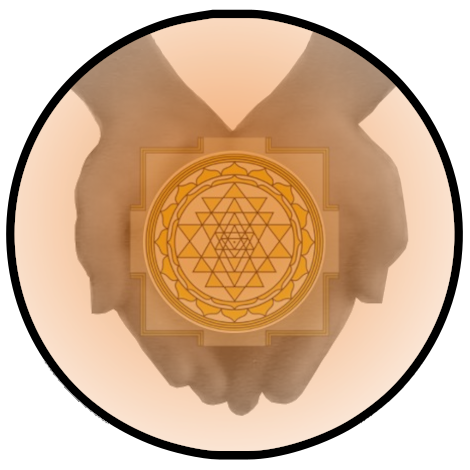Upāsanā
Sankalpa shakti is a prerequisite for entering the subtle realms within. Without it, one cannot tread the path of bhakti. Bhakti means compassion plus devotion. When the seeker equips himself with these two exquisite qualities, he is fully prepared to tread the path.
Firm faith develops [1] in the company of the sages, [2] by contemplating on the ātman, [3] and by practicing the systematic method of meditation, described below:
First learn to sit still, keeping head, neck, and trunk in a straight line, yet remain relaxed.
Second, practice withdrawing the senses from the objects of the world by fixing the attention on the flow of breath. make the mind aware that the breath and the mind are like two sides of the same coin; they are inseparable, twin laws of life. It has been proven scientifically that when the mind is agitated, the inhalation and exhalation also become agitated, and jerks, shallowness and several other inconsistencies appear in the flow of the breath.
The next step is to realize the nearness of the self within. This is accomplished by gearing the mind and its modification one-pointendly to the individual self [ātman] only. Upāsanā (literally, “to be near”) means to be constantly aware of the self within. This is the prime goal of that sādhanā which leads the seeker to the highest state of attainment.
Upāsanā, or devotion, has two aspects–external and internal. In external worship, objects such as flowers and fruits are used and rituals, such as the fire ceremony, are performed. In the internal worship, the mind and its modifications are made one-pointed and inward. Then, as the Yoga Sutras say, tadā drashtuh sva-rupa avasthānam–the seer is established in his own nature.
~ Swami Rama from introduction to the text Tripura Rahasya
From the book Shakti Sadhana, written by Pandit Rajmani Tigunait
(bold text, and format is done by Swami Ma Tri to emphasis beauty of this fragment)
In this short text Swami Rama eloquently shows us the simplicity of the totality of our practice. It includes Yoga, Vedanta and Samaya Tantra, but without naming them or seeing them as different. This is one practice, one tradition, and one goal, it cannot be divided. They work together without them being separate…
